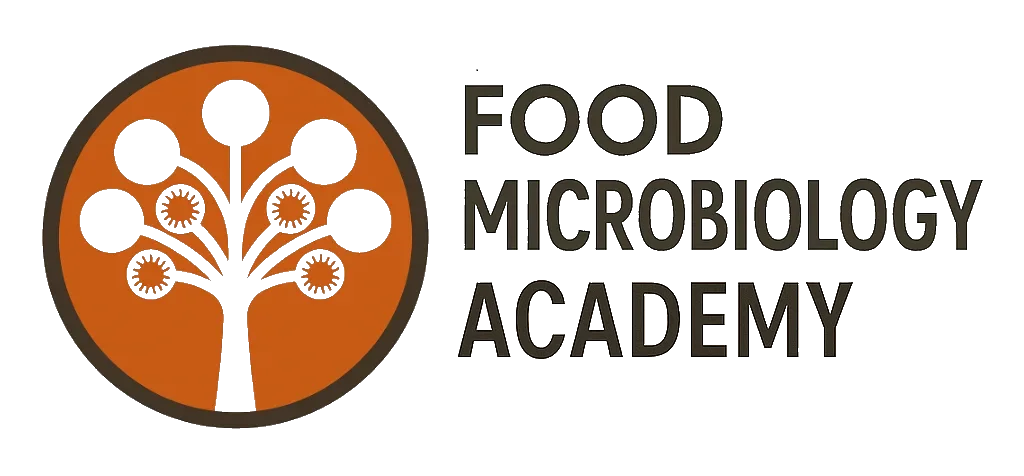The preparation of food provides many opportunities for breaches of food safety. In the more relaxed domestic environment, ‘things’ take place that would be not be tolerated or illegal in a food service or food manufacturing environment. This is certainly a significant contributing factor to the fact that more food borne disease originates in the home compared with anyone else. Therefore, it can certainly be worthwhile to take a look at what takes place during professional food preparation or manufacture, and adapting those precautions for use in the domestic environment. Some big ones that frequently face neglect in the home would include temperature control, personal hygiene and animals (pets) in the food preparation (Figure 1) and/or eating areas. The precautions are simple and straight-forward to apply, but may not be what people are used to. Therefore, it may take some practice for them to become second nature. However, in addition, what is potentially more important is the people’s recognition of these as contributing factors and hence their desire to change their habits. Such a shift in thinking doesn’t come easy after decades of repeated action. Consequently, possibly a better approach is to work with children. Children who are young and haven’t yet started to routinely cook and shop for ingredients. We can introduce them to safe food practices and why, before they adopt actions from adults they live and associate with. This could certainly be a way to ‘break the chain’ of generational food safety practices – poor food safety practices being passed from one generation to the next.

Safe food handling
While microbial contamination of food can originate from the natural or primary production (agricultural) environment, a significant cause of such food safety breaches can occur during food handling. This could be during manufacture, commercial preparation in a food-service environment or in the home. While strict food safety regulations are in place to ensure safe food handling during manufacture and in restaurants, cafes and other food service establishments, breaches may occur due to equipment or procedural failures, such as human error resulting from carelessness. Human error resulting from ignorance may also occur, but it is typically the responsibility of a registered food premises’ food safety supervisor to ensure food safety breaches do not occur.
There are multiple factors recognised in being significant as unsafe food handling practices. These factors, and the actions taken to mitigate the associated risks, are consistent across any food handling area and does involve everyone involved in the handling of food to be consumed, not just the last person handling it for example. Let’s take a look the specific factors.
Temperature control
Control of temperature for prepared food or it’s ingredients is absolutely critical and easy to achieve. Temperature is one of the most fundamental parameters controlling the growth of microorganisms, and in countries like Australia, appropriate temperature control is readily available to ensure temperature abuse of food or food ingredients does not occur. An important concept in food safety is the ‘hurdle’ concept to ensuring safe food (Figure 2). This basically refers to multiple hurdles put in place, each of which will contribute to a reduction in the food safety risk. For example, consider raw meat, as one of the risker food types when it comes to foodborne disease risk. To absolutely minimise food safety risk, it needs to be out of the temperature danger zone, which means chilled or frozen during transport and storage and held above 60 °C if not consumed immediately. In addition, cooking to a specified internal temperature is required. This means, for example, maintaining the cold chain from when it leaves the processing facility until it is to be cooked. If there is poor temperature control in a refrigerated delivery vehicle or a delivery person leaves the delivery of meat non-refrigerated at the door of the restaurant, then these could contribute to an increase in any foodborne pathogenic bacteria present. Then, if the chef doesn’t cook the food to the appropriate internal temperature or if an undercooked meat dish is requested, the consumer is leaving themselves vulnerable to foodborne disease.

Prevention of cross-contamination
The prevention of cross-contamination is an important concept in food safety, because different food types pose different types of food safety risks. While there have been various high-profile foodborne disease outbreaks over the years from fresh produce, meats generally pose a greater risk compared with other types of foods. Even within the meat category, chicken is generally considered higher risk than other meats due to the likelihood of contamination with one or both of Campylobacter jejuni and Salmonella bacteria. Therefore, it is imperative that food types that post different levels of food safety risk are handled separately. This means, for example, different chopping boards, different utensils, washing hands between handling raw meats and vegetables, especially salad vegetables that are consumed raw (Figure 3).

Personal hygiene
The aim of personal hygiene in the food safety context is the elimination of transferring pathogenic bacteria from ourselves, as a food handler, to food. This means, for example, wearing appropriate protection to prevent product contamination, such as gloves and a face mask and changing gloves wear appropriate. In particular though, elimination of the faecal-oral route as a means of foodborne disease transmission, is an important element in personal hygiene considerations for food handlers. This typically means diligently washing hands after using the toilet and blowing your nose, which are parts of the body known to harbour higher amount of bacteria that could make people sick – this is even if they are not making you sick. The story of Typhoid Mary in the United States (Figure 4) is an excellent example of how asymptomatic carriers are at great risk of spreading infectious disease.

Clean work environment
By ensuring a clean work environment, we eliminate any areas where pests harbouring pathogenic microorganisms can remain and we also eliminate places where the pathogenic microorganisms themselves can accumulate. Biofilms are an important, and troubling, concept for food manufacturers (Figure 5). They are communities of microbial cells which can develop in food processing lines and resist efforts to remove them by typical cleaning procedures. They can form in any areas of pipes for example, that are not smooth, and at times some of the cells can dislodge and contaminate the food or beverage product.




